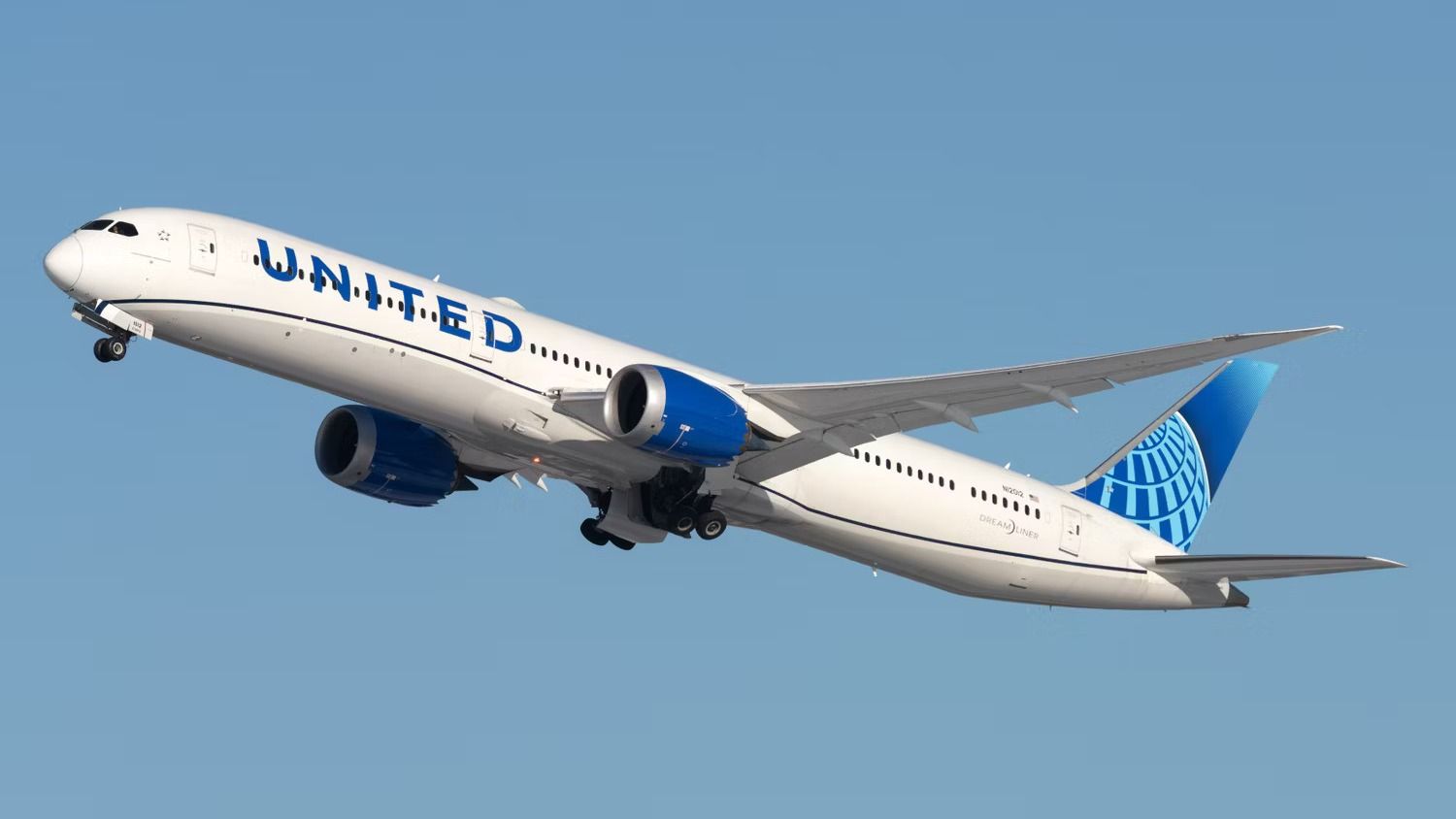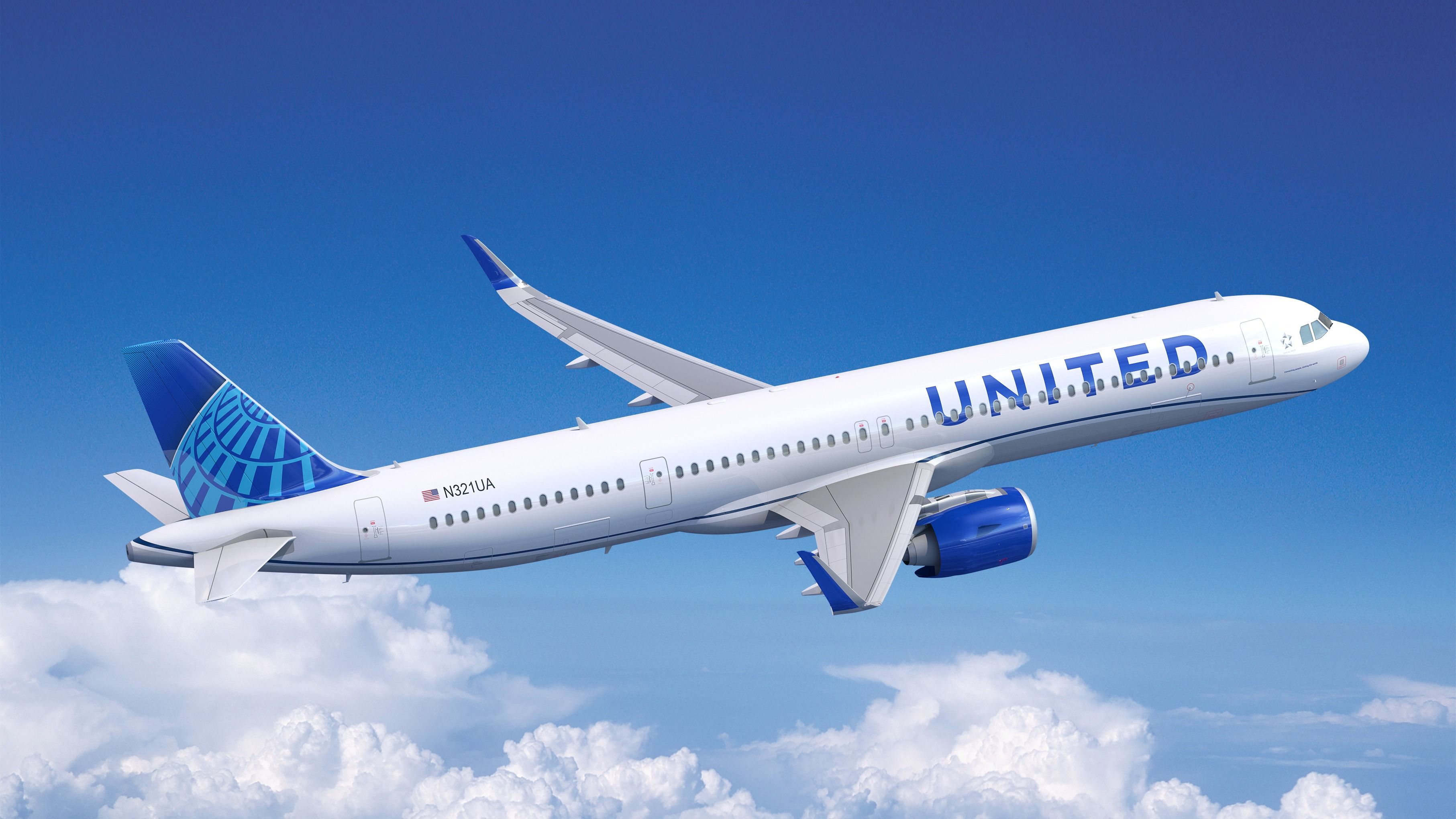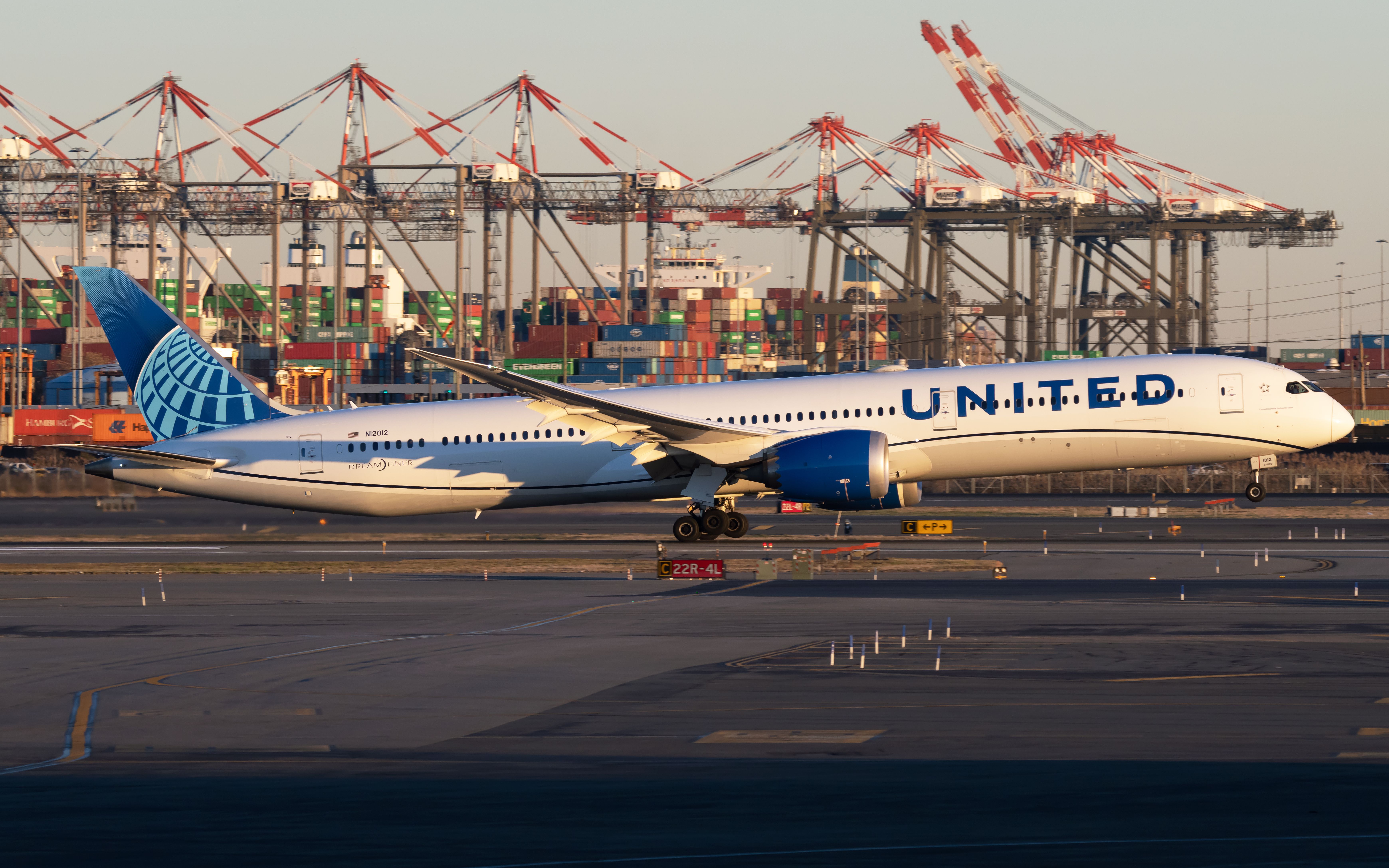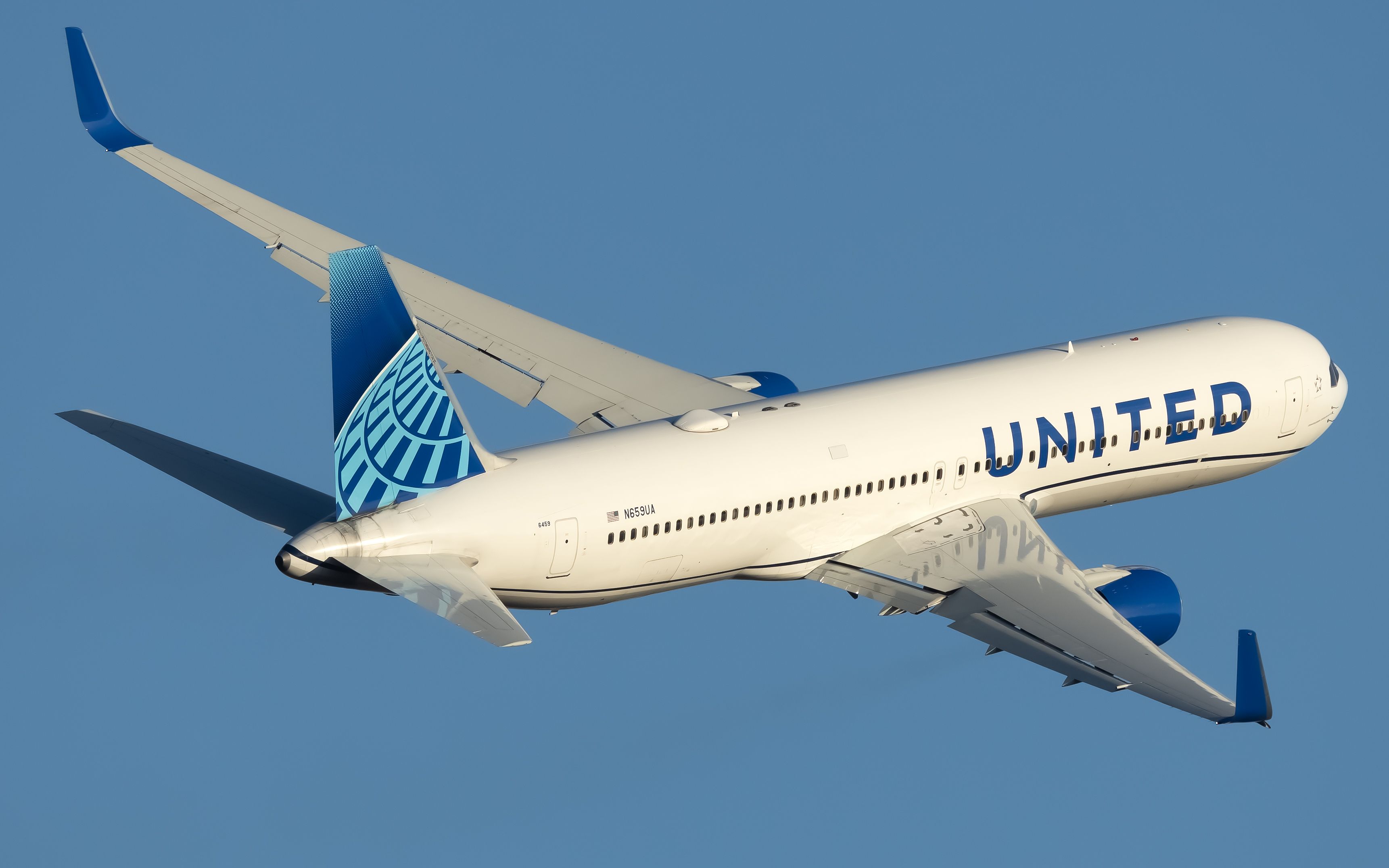Summary
- United Airlines has exercised 50 options on Boeing 787 Dreamliners and placed a new order for 60 A321neos, solidifying its order book for the next decade.
- The addition of more A321neos shows United’s commitment to expanding its narrowbody fleet, with plans to operate nearly 200 A321s by 2030.
- United’s order for 50 more Dreamliners highlights its fleet simplification strategy, with plans to retire its 757 and 767 fleets and replace them with the larger capacity and efficiency of the Dreamliners.
United Airlines has revealed the exercise of 50 of its 100 existing options on the Boeing 787 Dreamliner, alongside a new firm order for 60 A321neos. The jets will be delivered between 2028 and 2031. In addition to that exciting news, United further announced it is adding options for more 787 Dreamliners, to the tune of 50 more widebodies, which can be exercised between 2028 and 2031.
Speaking to media on a teleconference earlier today, United Airlines Chief Commercial Officer Andrew Nocella commented on the order, stating,
“Today’s order for an additional 110 aircraft fills out our order book for the latter part of the decade. We would not normally order jets this far out, but we have confidence in our outlook, as you can tell. Production lines, which are now regularly plagued by supply chain disruptions and delivery delays, are also increasingly sold out for the entire decade. While we maintain flexibility for unknown events as customary, the entire United team can have confidence and visibility in the airline we’re building in the coming years.”
Photo: Vicenzo Pace I Simple Flying
Today, United operates 220 widebody jets, more than any other US passenger airline. This, alongside the growth in its narrowbody fleet, has given the carrier a firm lead against the competition, becoming the largest airline in the world by capacity. United now has 150 787s on firm order, with 100 additional options available.
Excitement for the A321neo
United’s first A321neo is set to be delivered next week, Nocella said on today’s call, and the first flights are scheduled for December. As the first new-generation Airbus aircraft to arrive with United, there is much excitement surrounding the induction of this new type into the fleet. Firm orders are in for 70 of the type, plus a further 50 of its long-range sibling, the A321XLR.
Even though United is yet to get its hands on the neo, it is already embedding more of the type into its future fleet makeup. The firm order of 60 A321neos announced today means United will fly almost 200 A321s across the neo and XLR models by 2030. Nocella noted the importance of these larger narrowbodies, stating,
“Large narrowbody jets like the neo are commonplace across the industry at United’s competitors. Untied also has orders for the Boeing 737 MAX 10s to further fill the gap in our large narrowbody fleet relative to others.”
Photo: Airbus
Growing gauge
Back in 2019, in the pre-pandemic days, the United seats per departure in North America, also called its gauge, was at an industry low of 104 seats. Through the acquisition of larger short-haul aircraft, Nocella states that, by 2027, that number will climb by more than 40 seats per departure versus 2019. He added,
“Gauge growth is how United will manage an increasing number of limitations on runways, airspace and gate capacity at the nation’s largest airports, while still growing.”
Photo: Vincenzo Pace | Simple Flying
United has seen firsthand what constrained and overcrowded airports look like, particularly with its strong position in the New York area airports. But Nocella believes this will be an ongoing problem in the wider North American space, as he noted,
“We do expect that this issue is going to be prevalent by the end of the decade at more and more airports. The country is just not building a lot more runway. And that’s just going to cause us to need to upguage aircraft to respond to growing demand. This order really allows us to do that.”
Bye-bye, 757 and 767
Today’s incremental order for 50 new Being 787s signals where United is going with its widebody plans. Simplification of the fleet has been on the table for many years, and now it will be realized with a switch to more Boeing Dreamliners for long-haul. That’s not such good news for fans of the other Boeing big jets in its fleet.
Photo:Vincenzo Pace | Simple Flying
The Dreamliners are seen as a good replacement for the aging fleet of 767s in United’s stable. It currently flies 37 767-300ERs and 16 -400ERs, both of which average more than 20 years of age. According to ch-aviation data, the -300ERs come in at over 27 years old, with some of the oldest examples topping out at more than 32 years. Nocella confirmed,
“We continue to plan for a full retirement of the 757 and 767 fleets this decade – an important fleet simplification goal and a cost-reduction opportunity.”
The Dreamliner is a bigger machine than the 767, but United is looking long-term at its needs. The US is not the only market where space is constrained; indeed, capacity is limited at many European airports and some Asian ones too. The bigger capacity offered by the 787 will ensure United has enough capacity to cater to the demand, even where no more services can be added.
Photo: Vincenzo Pace | Simple Flying.
While the 787s are a half-decent replacement for the 767s in terms of capacity, the 757 is harder to replace. Boeing shelved its ‘new midsize aircraft’ or NMA project late last year, and with even the largest MAX aircraft lacking the capacity of the 757, the A321neo and XLR will go some way to filling the gap. However, that’s not the whole story, as Nocella explained,
“The XLR, which we ordered 50 aircraft a number of years ago, will help replace our 757s. But many of our 757 routes will ultimately be flown with widebody jets as demand grows if we don’t want to increase frequency to those destinations.”
United promises better cabins, more premium seats, and improved amenities on its future jets. But that doesn’t mean we’ll see the end of its 767 and 757 operations just yet. The airline is focused on having the flexibility to respond to market demands and has the choice to either accelerate or decelerate its retirement to ensure enough available capacity.
What do you think of United’s future fleet plan? Let us know in the comments!






-Boeing-757-224-N14106-(2).jpg)